Helmet-mounted motorcycle communication devices aren’t new, especially in motorsports. But when it comes to road use, the technology has been gaining popularity in the past half-decade or so, primarily because, just like smartphones, these devices are becoming better and better with each version released to the public.
Cardo Systems, of the world’s leading motorsports communications providers, has released its latest product, the Packtalk Neo. Coming with the tagline “Packed with tech, lighter on price!” the Cardo Neo came after the current top-of-the-line Packtalk Edge, which was just introduced earlier this year.
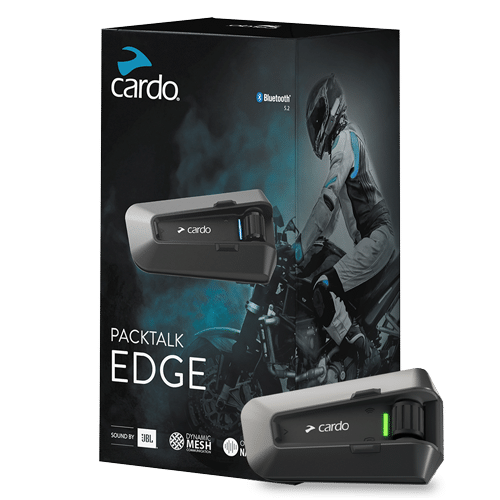
That said, what are the differences between the Packtalk Neo and Packtalk Edge? As it turns out, there are only a few, albeit all of them are substantial and could be worthy of the price difference between the two units.
Design
Visually, the Packtalk Neo is almost identical to the top-spec Packtalk Edge. In fact, put the two side-by-side and you virtually won’t find any difference between the two. Both come with a slim, no antenna design, void of the silver trims found on their predecessor, the Packtalk Bold.
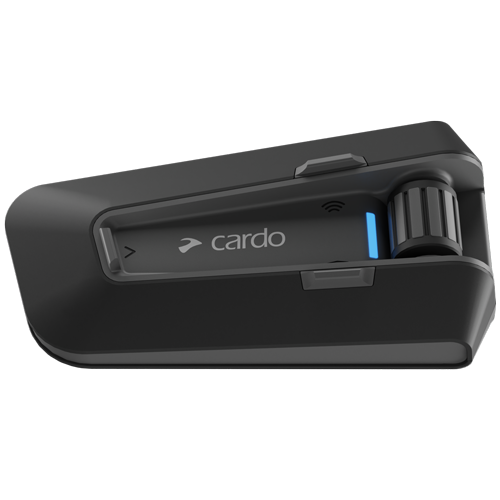
However, the difference lies in the mounts that the Packtalk Neo uses. Unlike the magnetic mount used by the Edge, the Neo uses a clip cradle, which is similar to what the Bold uses.
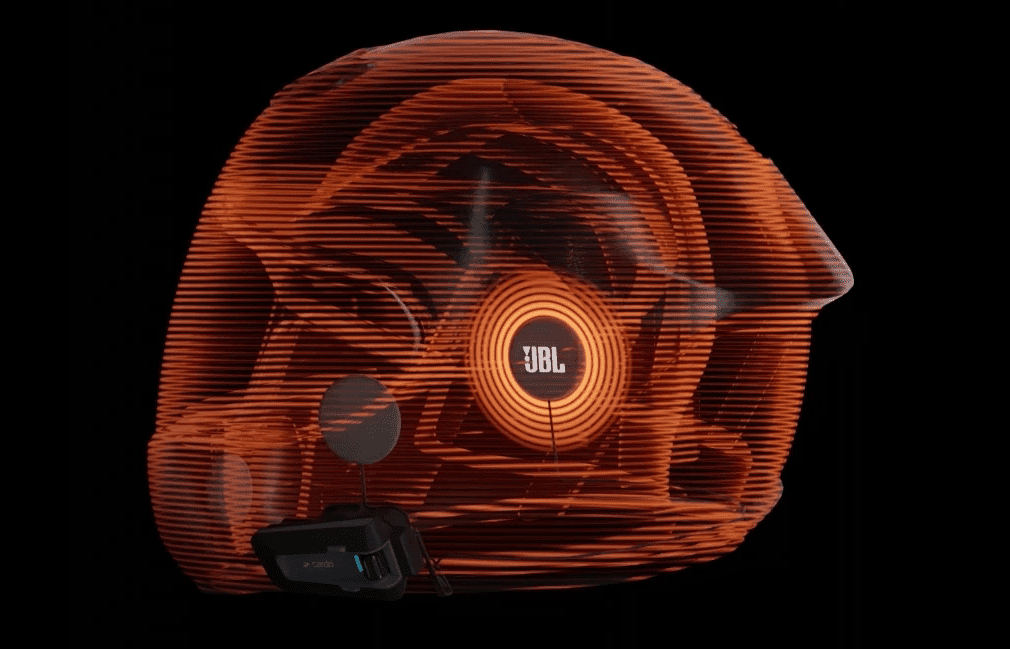
And while the clip cradle is a reliable way to mount your comm system on your helmets – I’ve been using my Bold unit for a while without any mounting issue at all – the magnetic mount of the Edge is seen as more convenient and secured.
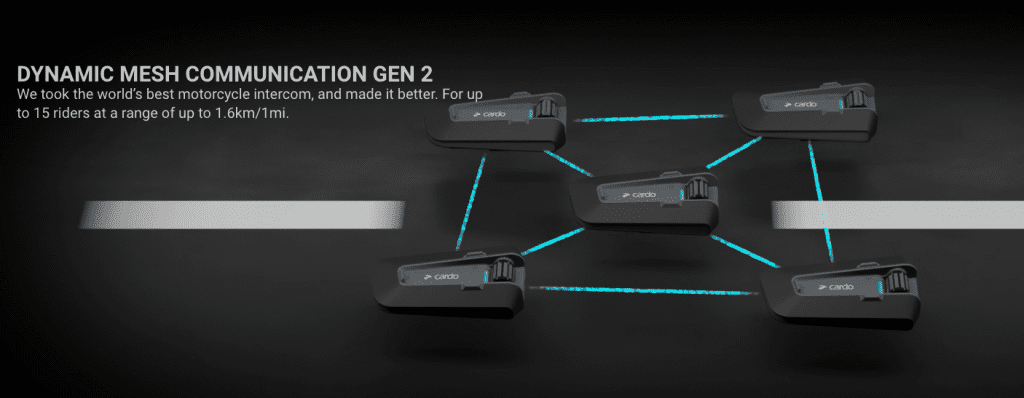
However, it’s important to take note that the clip cradle of the Packtalk Neo is not interchangeable with the one that the Packtalk Bold uses.
Charging
Both the Packtalk Neo and Edge come with a battery life of 13-hour talk time (longer if you’re just listening to music or radio). Charging’s likewise the same, with 2 hours needed for a full charge and a 20-minute top-up good for 2 hours of talk time. Fast charging is done through USB-C.
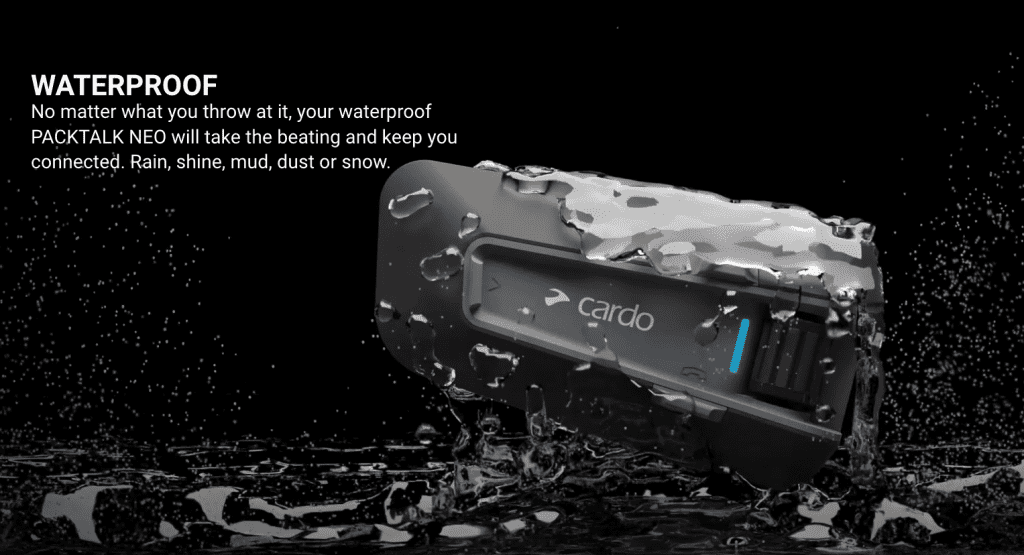
However, the major difference is found in the Neo’s lack of capability to charge while in use – something that you’re allowed to do with the Edge. For those hardcore riders who travel long distances either with a buddy or a group, this could be a dealbreaker but for regular commuters who will not spend a good part of the day on two wheels, this shouldn’t be an issue at all.
Technology
Beyond the two differences mentioned above, the new Packtalk Neo is identical to the Packtalk Edge in terms of the tech features they offer.
- Operating Temperature: -4˚ F to 131 ˚ F (-20˚C to 55˚C)
- Waterproof
- FM Radio – 6 preset station memory
- Software Updates: Over-the-air
- Speakers: Diameter: 40mm – Depth: 10mm
- Connectivity: 2 channels for mobile phone and GPS; Bluetooth 5.2
- Intercom: 2nd gen DMC intercom with Auto-reconnect, HD Live Bluetooth Intercom
- Group size: Up to 15 riders
- Rider to Rider Range: up to 1.6 km (line of sight)
- User interface: Natural Voice operation
- Audio: Sound by JBL via 40mm JBL speakers, JBL Audio profiles with Automatic Volume Control
- Standby Time: 10 days
- Certificates: CE IC/FCC SIG BT TELEC UKCA
Of note, the Packtalk Edge has a longer 3-year warranty, as opposed to the 2-year warranty offered with the new Packtalk Neo.
Price
Then, there’s the price. Of course, there will be a gap between the Packtalk Neo and the Packtalk Edge in terms of pricing, given the new product’s tagline and the differences mentioned above.
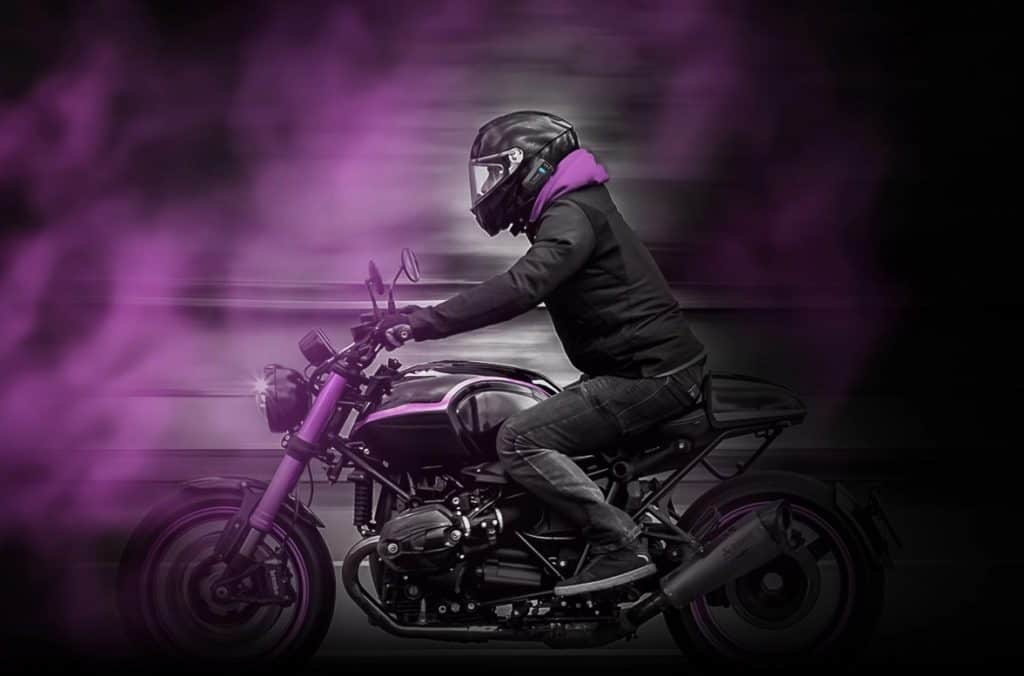
On Cardo Systems’ website, the Packtalk Edge is listed with an SRP of $389.95, while the Packtalk Neo is priced at $349.95. That’s a $40 gap between the two.
In the Philippines, Ride Manila, the official local distributor of Cardo Systems, is selling the Packtalk Edge for P19,450. Given the gap in pricing in the US, we can expect the Packtalk Neo to be priced at around P18,000 – a bit more than the P16,950 price tag of the outgoing Packtalk Bold.
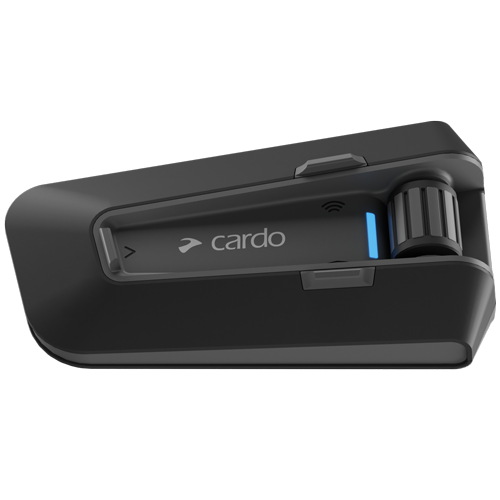
Ride Manila hasn’t disclosed any information about the new Packtalk Neo’s availability in the country but given that it was only introduced very recently. we could be seeing the “more affordable” Edge in stores toward the end of the year or early in 2023.

